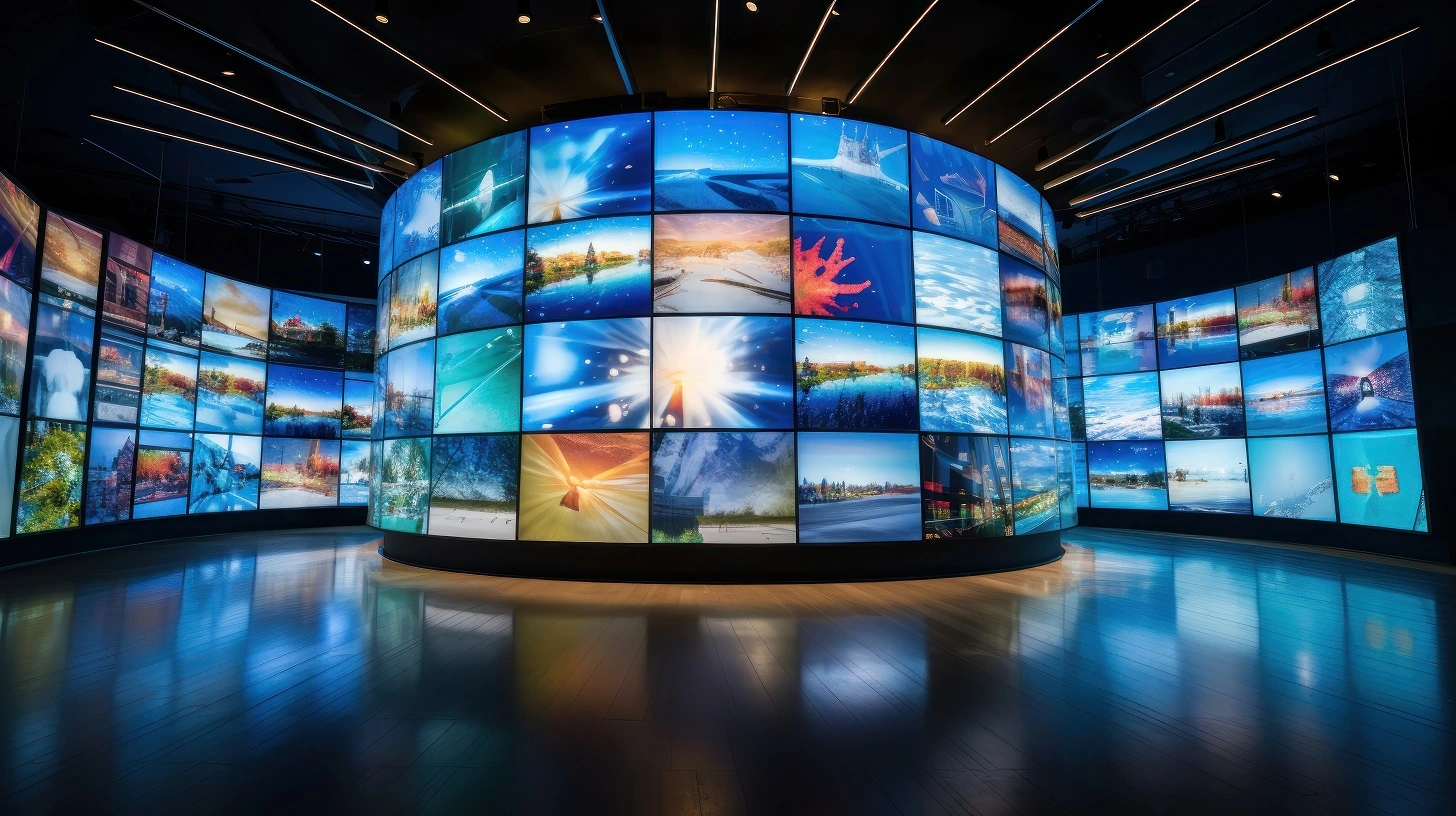Exploring the Effectiveness of Diverse LED Wall Adjustment Techniques for Optimal Sight Performance
Wiki Article
Light Emitting Diode displays have grown increasingly popular in various settings, such as theater venues, musical events, and corporate gatherings. These expansive screens provide lively hues and crisp images, making them ideal for visual displays. However, to achieve the optimal visual performance, appropriate calibration of LED walls is essential. Calibration refers to the method of modifying the screen settings to ensure that hues, brightness, and contrast are precise and uniform. Different tuning methods can significantly impact the overall quality of the display experience, making it important to investigate the efficacy of these approaches.
One frequent method for calibrating LED walls is manual tuning. This approach involves modifying the settings by hand, often using specialized tools and software. Specialists typically analyze the screen's color precision and brightness levels, making adjustments based on their observations. Manual tuning allows for a significant degree of personalization, as technicians can tailor the parameters to the specific environment and content being displayed. However, this method can be labor-intensive and requires a proficient technician to achieve optimal outcomes. In spite of its challenges, manual tuning can lead to impressive visual quality when done correctly.
Another popular tuning method is the application of automated calibration. This approach uses programs and devices to measure the display's functionality and make modifications instantly. Automated calibration can conserve hours and reduce the potential for manual mistakes, as the software can quickly evaluate the screen and apply the necessary modifications. This method is particularly useful in environments where the Light Emitting Diode wall is often used for various types of content, as it can adapt to different lighting environments and material requirements. While automatic tuning may not offer the identical level of personalization as manual tuning, it can still deliver excellent results for many uses.

A third technique worth mentioning is the use of color tuning tools. These tools, such as color click over here measurement devices and spectral analyzers, assess the hue output of the LED wall and help ensure that the hues shown are correct. By using these devices, technicians can identify any inconsistencies in hue reproduction and make the necessary adjustments. This method is especially crucial for uses where color accuracy is critical, such as in visual design or video production. Color calibration tools can improve the total display performance of LED screens, guaranteeing that the viewers sees the intended colors and elements.
In summary, the efficacy of various Light Emitting Diode screen calibration techniques plays a vital role in attaining optimal visual performance. Handheld tuning offers customization but can be time-consuming, while automatic calibration provides efficiency and uniformity. Additionally, hue tuning instruments help ensure correct hue representation, which is vital for many applications. By comprehending and employing these calibration techniques, specialists can improve the display experience for audiences, making Light Emitting Diode screens an even powerful instrument for interaction and entertainment. As innovation continues to progress, ongoing research and development in calibration methods will likely lead to even better visual quality in the time ahead.